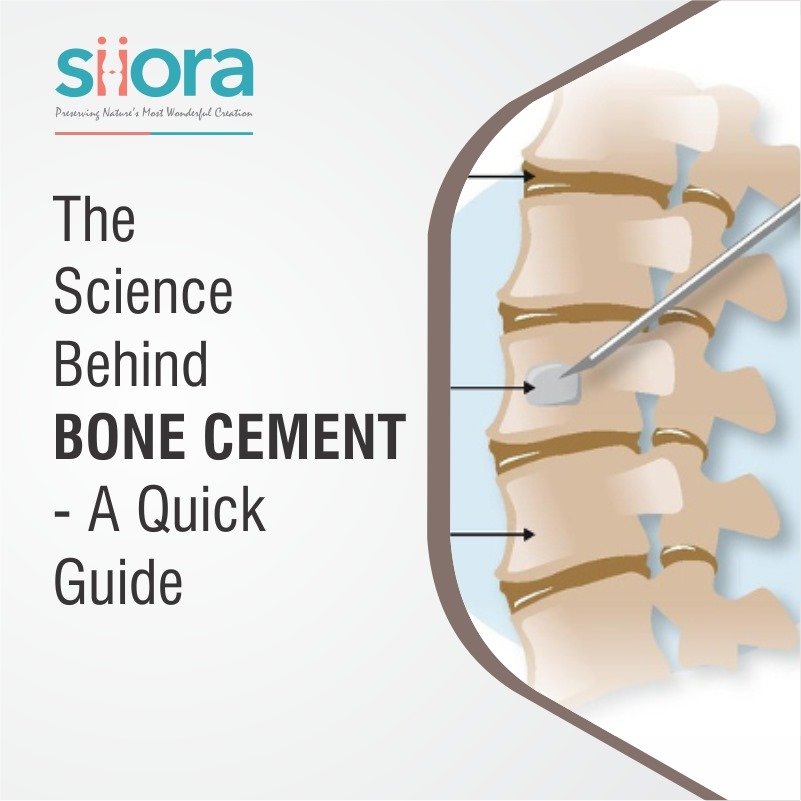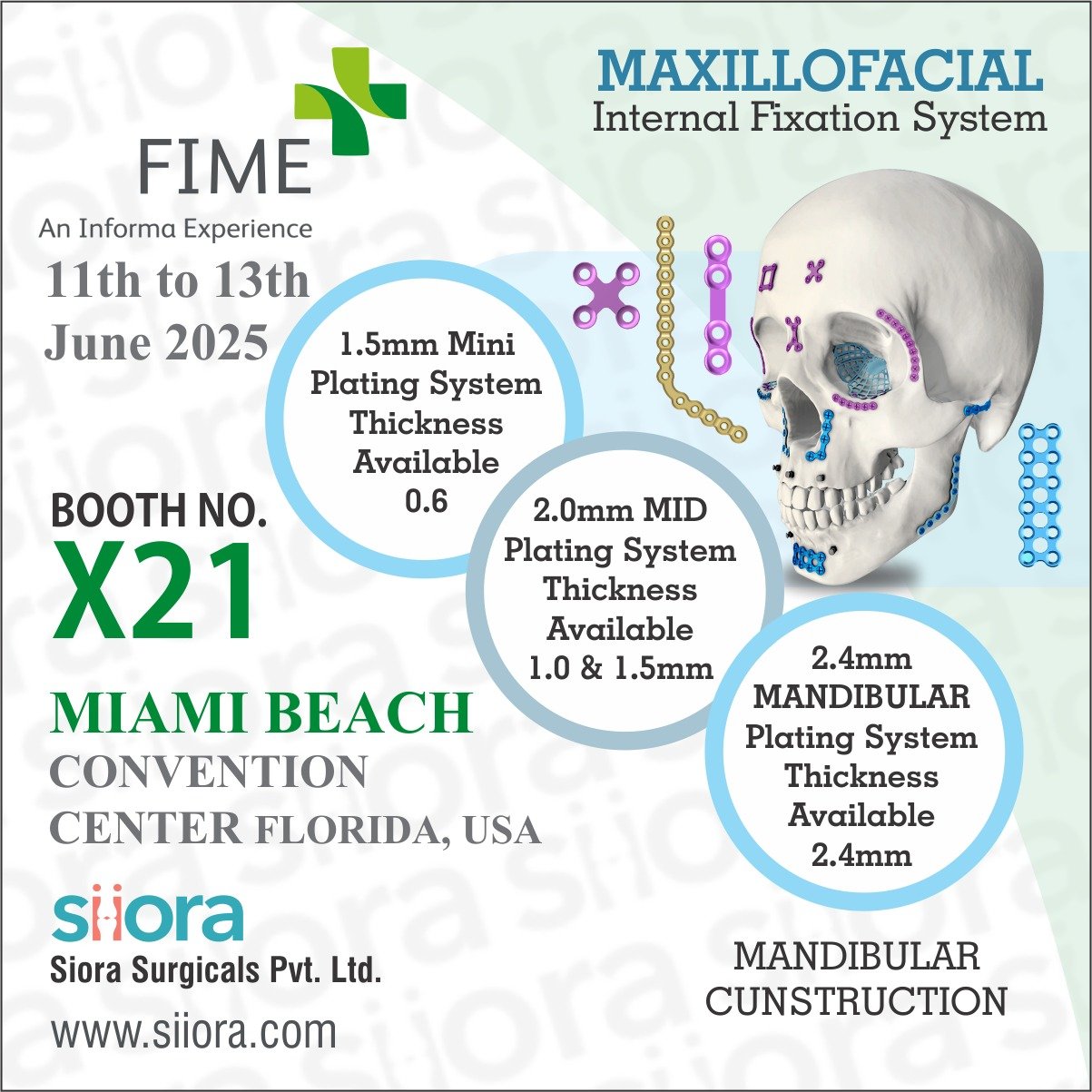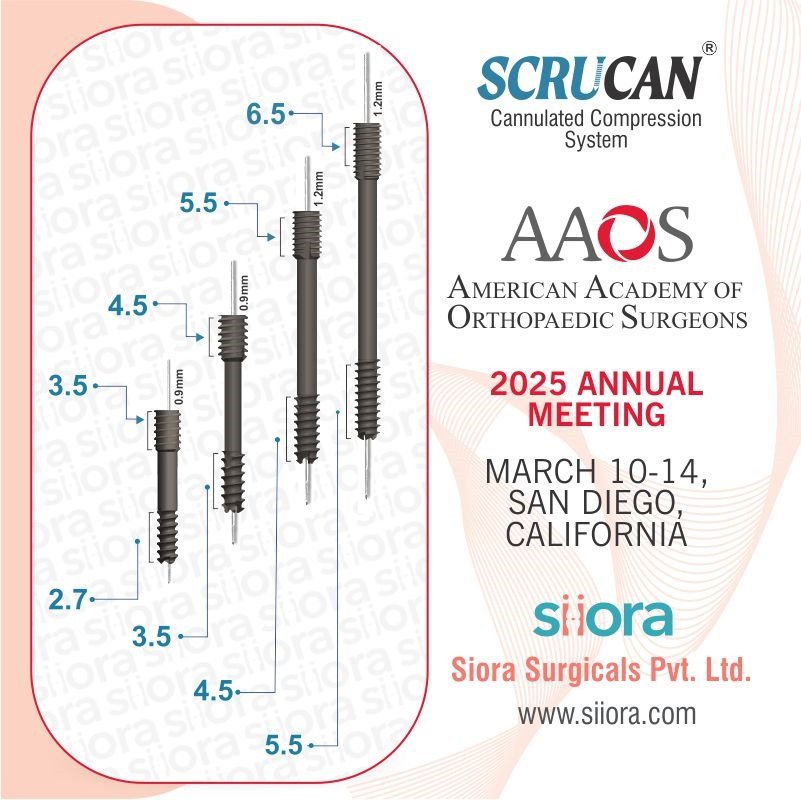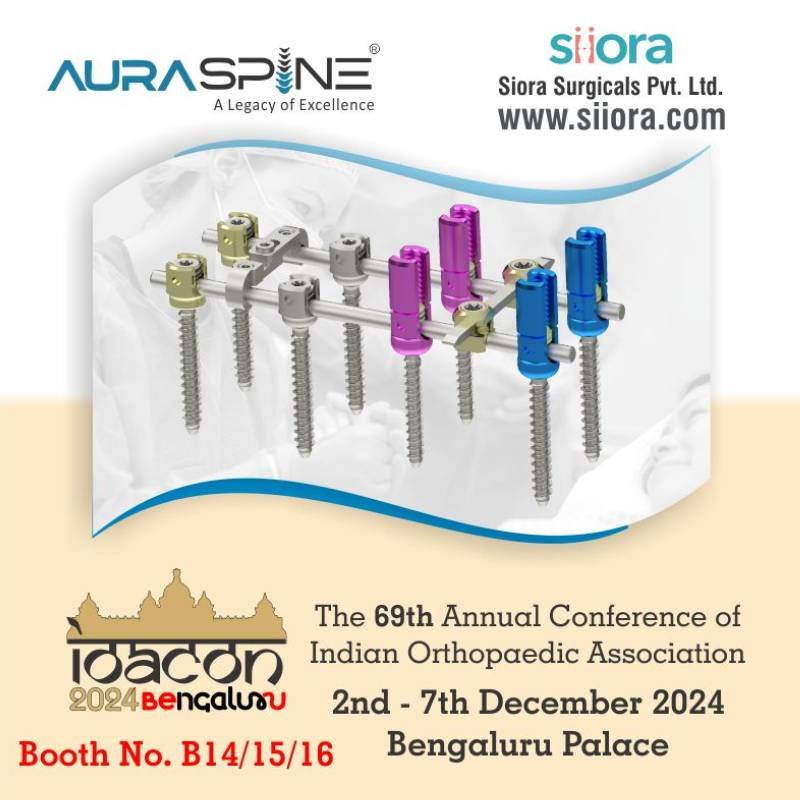In the intricate realm of spinal surgeries, one crucial element often plays a silent yet pivotal role – bone cement. This unassuming substance is the unsung hero, providing stability and support to the spine during various surgical interventions. In this blog, we embark on an enlightening journey to unravel the nuances of bone cement used in spinal procedures, shedding light on its composition, applications, and the transformative impact it has on patients’ lives.
Understanding Bone Cement
Before delving into the specifics, let’s demystify bone cement. It’s a specialized medical adhesive that supports fractured or diseased bones. In the context of spinal surgeries, bone cement finds its primary application in vertebroplasty and kyphoplasty, procedures aimed at treating spinal fractures and deformities.
Composition of Bone Cement
Its composition is a blend of polymethylmethacrylate (PMMA), a thermosetting polymer, and radiopaque agents like barium sulfate in fixed amounts. The inclusion of radiopaque agents enhances visibility during imaging procedures, allowing surgeons to monitor the distribution of the cement accurately.
Types of Bone Cement
Bone cement is a crucial component in orthopedic surgeries, serving as a binding agent to anchor prosthetic devices, such as joint replacements, to the existing bone structure. There are several types, each designed to meet specific surgical requirements and patient needs.
Polymethyl Methacrylate (PMMA)
This is the most commonly used type of bone cement. PMMA is a self-curing acrylic cement that has been in use for decades. Surgeons mix a powder and liquid component to create a dough-like substance that solidifies within minutes. PMMA provides excellent mechanical strength and stability, making it suitable for various orthopedic applications.
Calcium Phosphate Cement (CPC)
Unlike PMMA, CPC is bioresorbable that gradually dissolves over time and gets replaced by the natural bone tissue. This type is particularly advantageous in cases where long-term support is unnecessary, and eventual replacement with natural bone is desired. CPC is known for its biocompatibility and ability to support bone healing.
Hydroxyapatite Cement
Hydroxyapatite is a mineral found in natural bones, making this type of cement for bones biocompatible and osteoconductive. It provides a scaffold for new bone growth and integrates well with the patient’s natural bone tissue. Hydroxyapatite cement often finds application in dental and craniofacial surgeries.
Calcium Sulfate Cement
Similar to CPC, calcium sulfate cement is biodegradable and gradually dissolves, promoting bone regeneration. This type is beneficial in situations where temporary support is required, allowing the body to replace the cement with its own bone tissue. Calcium sulfate cement is common during trauma and orthopedic surgeries.
Glass Ionomer Cement
This type is a combination of glass powder and an organic acid. While not as strong as PMMA, it offers good biocompatibility and often finds application in dental and less load-bearing orthopedic procedures.
Choosing the appropriate cement for bones depends on various factors, including the specific surgical requirements, patient characteristics, and the surgeon’s preferences. Advances in biomaterials continue to enhance the effectiveness and versatility of bone cements in orthopedic practice.
Applications of Bone Cement in Spinal Surgeries
Vertebroplasty
Vertebroplasty involves injecting bone cement directly into a fractured vertebra. This procedure stabilizes the bone, alleviates pain, and prevents further collapse. The cement forms a durable structure within the vertebra, essentially creating an internal cast.
Kyphoplasty
Kyphoplasty, a variant of vertebroplasty, incorporates an additional step to address vertebral height loss. Before injecting the cement, the surgeon inserts and inflates a balloon to restore the vertebra’s height. The cement is then introduced, fortifying the structure and maintaining the corrected height.
Benefits of Bone Cement in Spinal Surgeries
Immediate Pain Relief
One of the immediate benefits of this product in spinal procedures is the relief it provides from excruciating pain caused by fractures or deformities. The cement stabilizes the affected vertebra, reducing pressure on nerves and surrounding tissues.
Restoration of Spinal Stability
By fortifying weakened or fractured vertebrae, it restores spinal stability. This is crucial for patients with osteoporotic fractures or those undergoing spinal surgeries to correct deformities.
Minimally Invasive Nature
Vertebroplasty and kyphoplasty are minimally invasive procedures, offering a less traumatic alternative to traditional open surgeries. The small incisions reduce the risk of complications and contribute to quicker recovery times.
Challenges and Considerations
While the cement has proven to be a game-changer in spinal surgeries, it’s essential to acknowledge the challenges and considerations associated with its use.
Potential Leakage
Despite meticulous techniques, there is a risk of cement leakage during the injection process. This leakage can lead to complications, such as nerve irritation or damage. Surgeons employ various strategies, including real-time imaging guidance, to minimize this risk.
Biocompatibility Concerns
Some studies suggest that the heat generated during the curing process of bone cement may cause thermal necrosis, raising concerns about its biocompatibility. Researchers are actively exploring alternative formulations to address these issues.
Limited Role of Bone Cement in Certain Conditions
While bone cement is highly effective for stabilizing fractures and treating deformities, it may have limited efficacy in addressing certain spinal conditions, such as herniated discs or spinal tumors. Surgeons carefully assess each case to determine the most appropriate intervention.
Future Innovations
The field of spinal surgery is dynamic, with ongoing research and innovations continually shaping the landscape. Several exciting developments are on the horizon concerning bone cement and its applications.
Biodegradable Bone Cement
Researchers are exploring the development of biodegradable cement for bones that body can gradually absorb over time. This could eliminate concerns related to long-term biocompatibility and provide a more natural healing process.
Enhanced Imaging Technologies
Improvements in imaging technologies, such as augmented reality and advanced intraoperative imaging, can enhance the precision of bone cement placement. These advancements aim to further reduce the risk of complications associated with the procedure.
Conclusion
In the intricate dance of spinal surgeries, bone cement emerges as a reliable partner, silently reinforcing the backbone and offering respite to those grappling with pain and instability. As we navigate the landscape of vertebroplasty and kyphoplasty, it becomes evident that bone cement is not just a substance; it’s a beacon of hope for patients seeking relief from spinal fractures and deformities.
While challenges and considerations persist, ongoing research and innovations promise a future where bone cement evolves, becoming even more tailored to the unique needs of each patient. As spinal surgery continues to advance, cement for bones along with spinal implants remains an integral part of the narrative that transforms lives and restores the strength and resilience of the human spine.







